I have for you today what I think is one of the most fascinating pine or cattail pollen recipes ever: what I've been calling Pollen Fudge or Pollen Truffles.
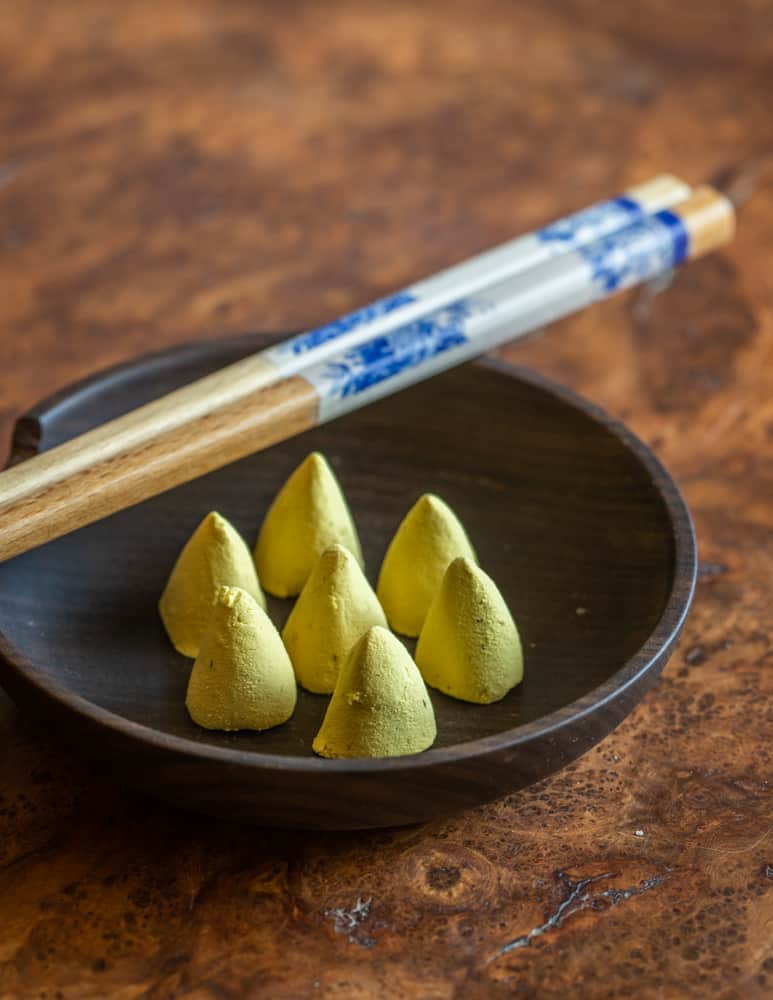
I started working on the recipe last year, but had a couple accidents with my pollen (D'oh!) and, if you've ever gathered the stuff, you know that it's extremely labor intensive, and if you run out, even the most granola of coops won't be able to help you out.
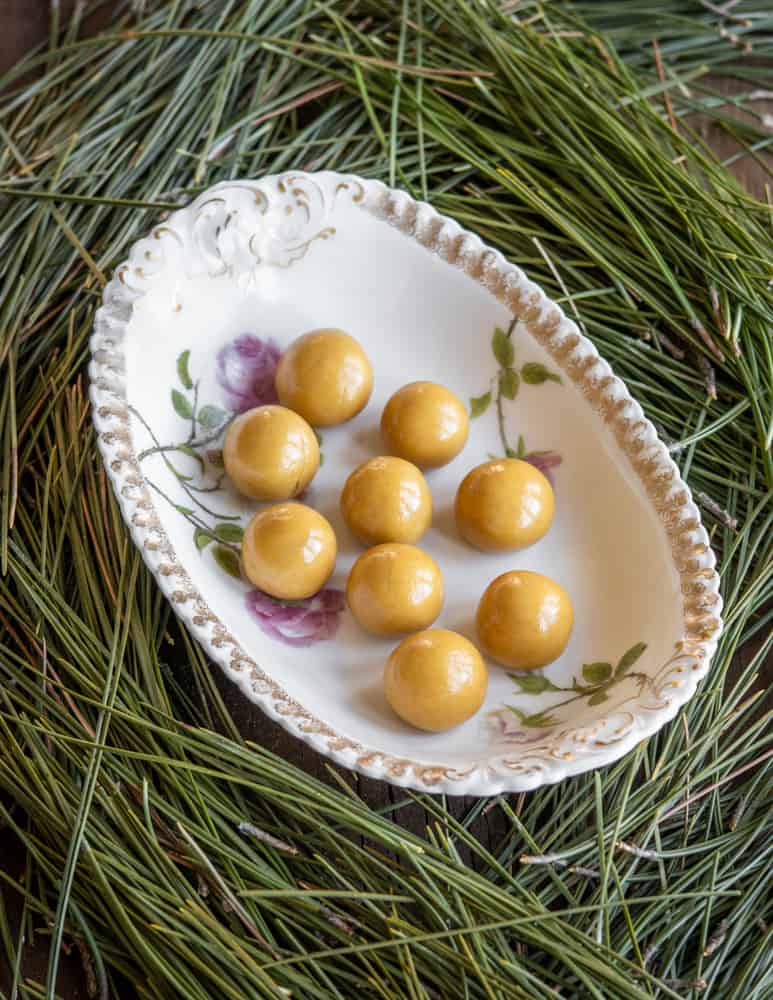
For the record, some places sell "pine pollen" online (mostly from China) but every sample I've tasted seems impure, and tastes bitterly of pine needles. Bee pollen is similar, but more wet, and needs to be dehydrated before using like this, and doesn't taste as good.
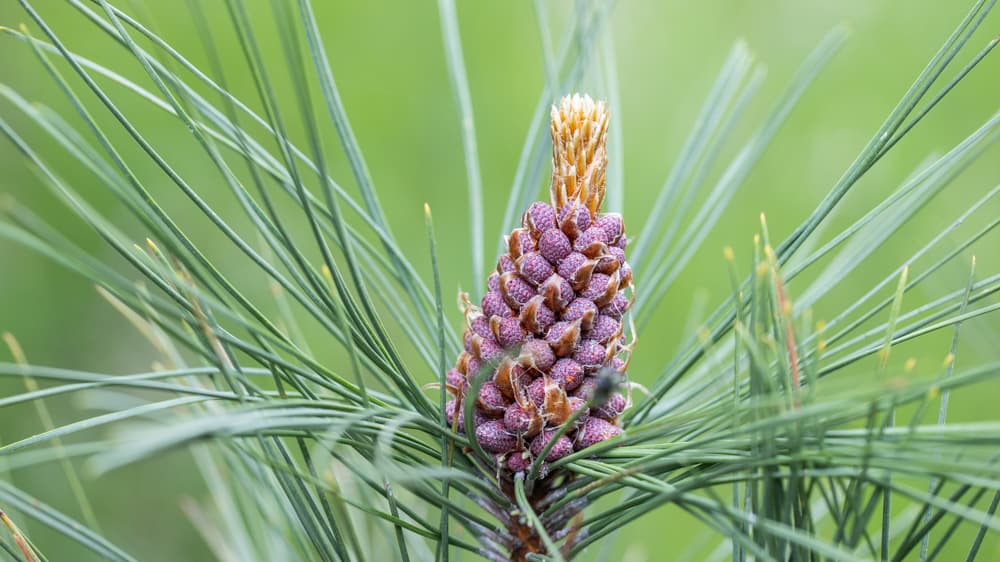
In the wild food world when pollen comes up, most people will be familiar with cattail pollen. I like cattail pollen, but pine pollen is probably more accessible to most people, and doesn't require waders
. All pollens are hard to nail down though. With pine pollen you have an extremely small window of harvesting potential to begin with, but you also have the rains of May and gusts of wind to contend with, which makes it one of the most elusive and tricky things I've ever harvested.
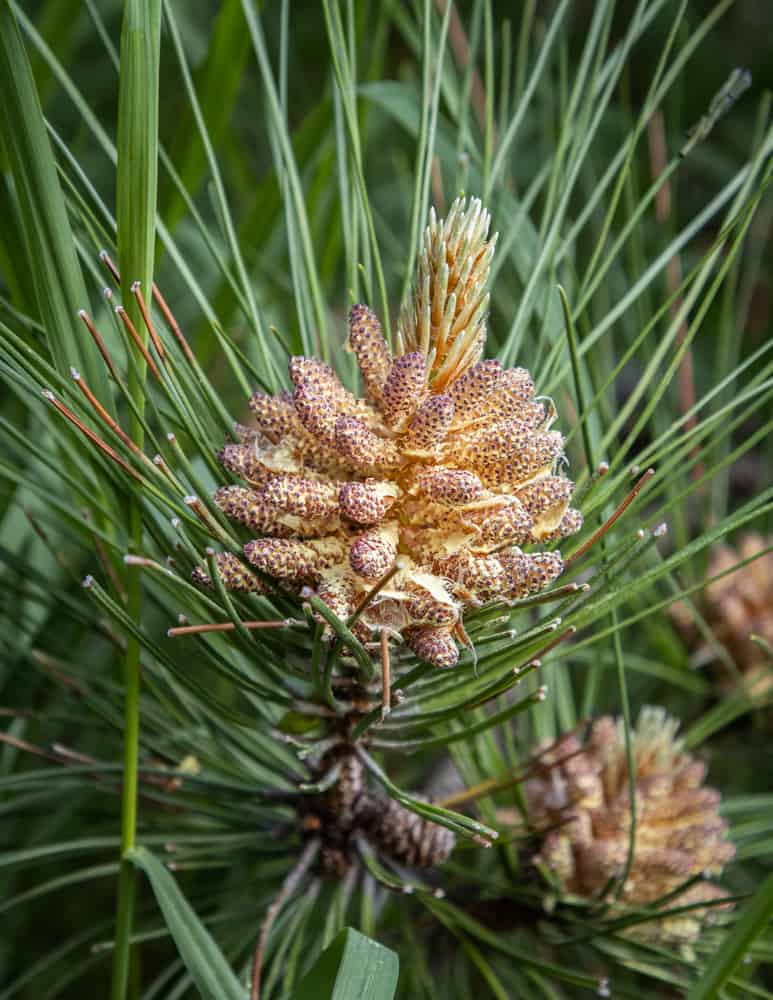
I'm getting better though, and this year I smashed my harvesting record. Previously the largest amount of pollen I'd ended up with after an afternoon of harvesting was about 2 cups.
This year I got 9 cups, or just over half a gallon, a nice increase of about 450%. Paying attention to the wind, specifically, how I could outsmart the wind by finding trees in areas with windbreaks was the key. Props to my Grandpa who has a little grove of secluded red pines he planted years ago.
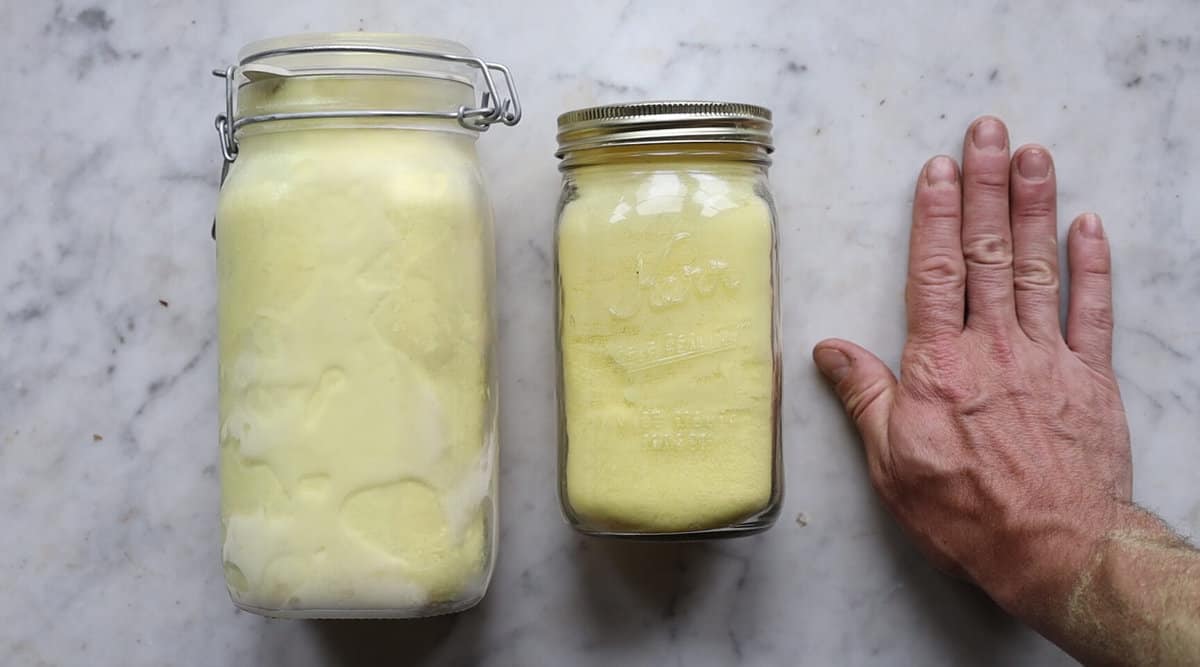
A historical confection from Iraq and China
Back to the fudge. The basic idea had been kicking around in my mind for a few years, ever since I read about a traditional "sweetmeat" (candy) made in both China and Iraq using pollen harvested from cattails.
I can't seem to find the traditional name for the confection in either culture (if you know of either of them, please chime in) but I do know that, way back when, the traditional sweetener of the Iranian version was probably date syrup, and I would assume Honey was/is used in China, but I can't be certain. Whatever it's called, the idea of a raw confection made from pollen captivated me, and I had to make some.
Update: someone from China reached out and informed me that the Chinese version my be made with pine or cattail pollen, and is known as Songhuang Bing 松黃餅.
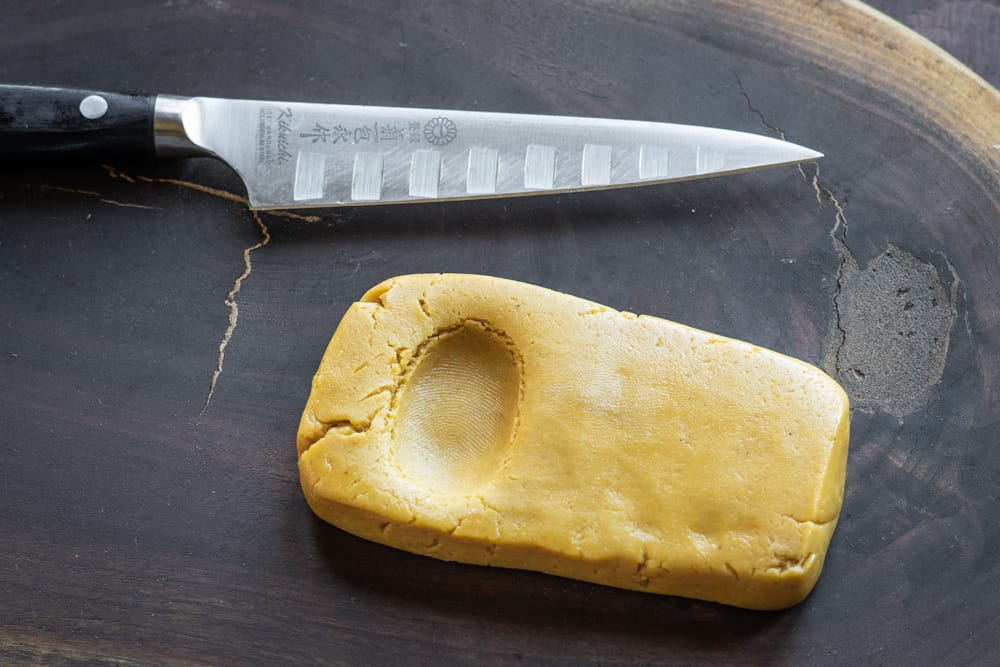
The flavor of pollen is fascinating. Go up to a pine tree or a cattail ripe with pollen, give it a good shake and taste some of the silky powder that comes off on your fingers (as well as your eyes, ears, nose, face, pants, and everything else) and you may think it a tasteless, precious novelty-I did at first.
The historical accounts and traditions made me give pollen another shot though, and I'm glad I did. One account I read described pollen as having a "biscuity" quality to it, and that's a pretty good description, but one that won't make sense until you eat it in some sort of concentrated form, as eating just a fingertip full will taste like flavorless yellow dust.
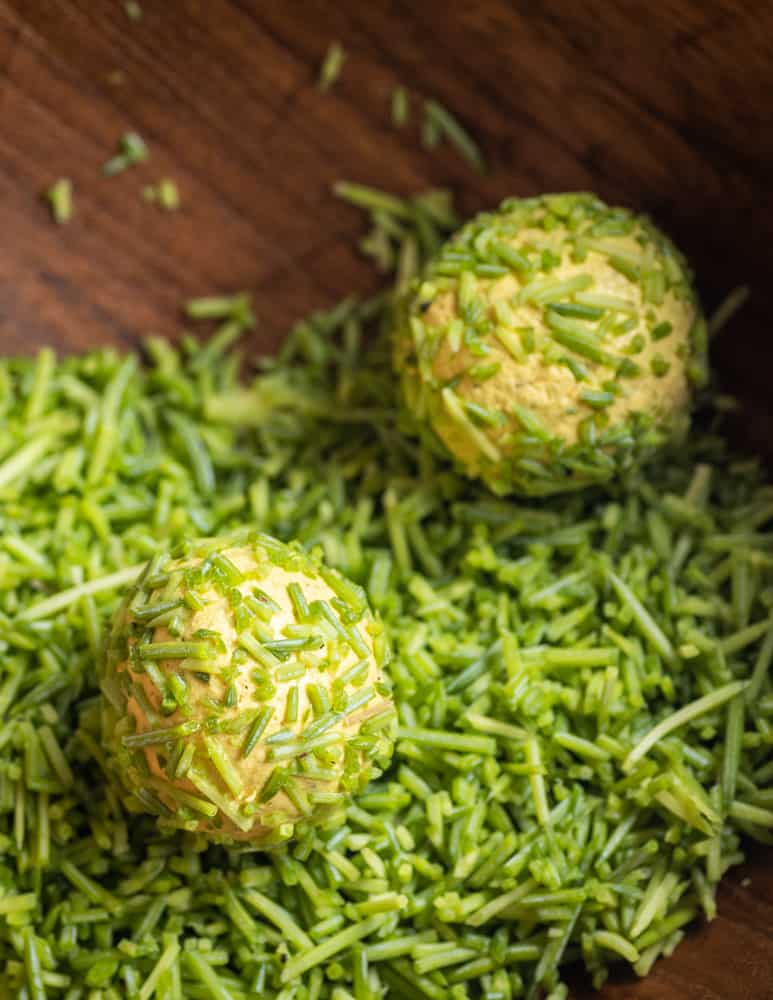
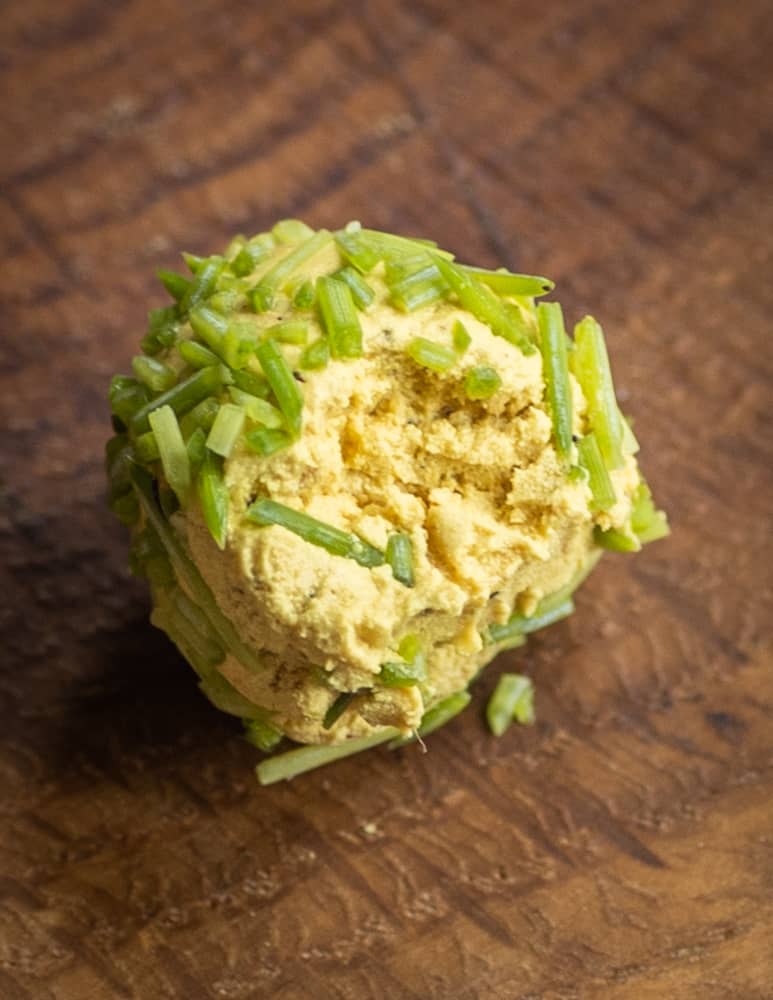
I hit pay dirt when I started attempting another Iraqi candy made with pollen: a sort of concentrated block of the stuff made by steaming the pollen with sugar.
One taste of my first (failed) attempt still revealed a completely new flavor for me, which I can say is a pretty rare thing. It's a sort of delicately nutty, yeasty, and pleasant taste, lightly floral, and, as you might expect, begging to be paired with honey, which is what I've done here.
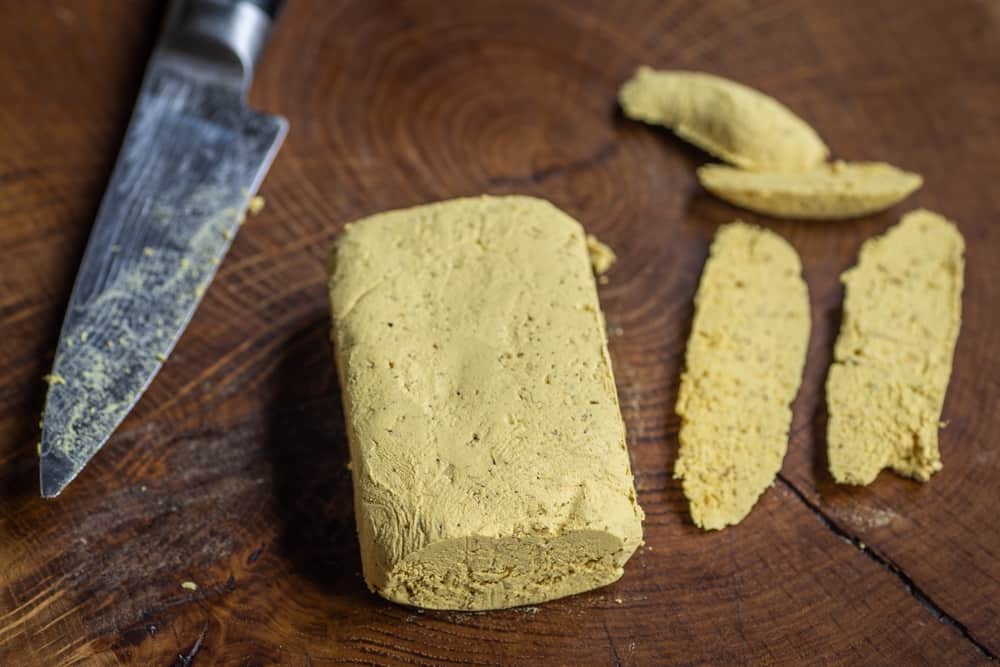
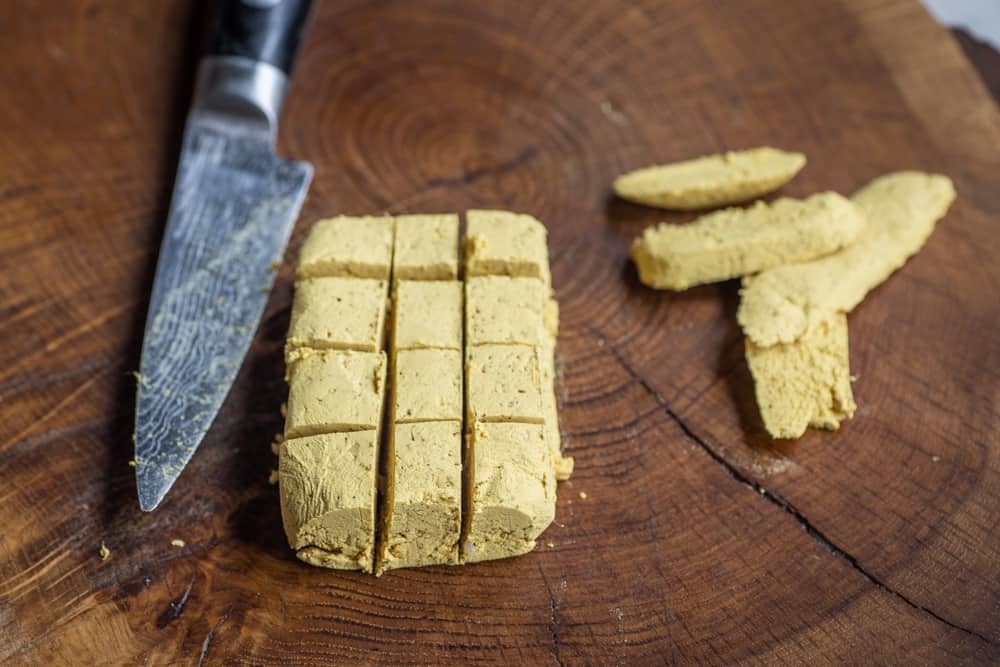
Adjusting the texture
I suspect the original confections are nothing more than a sweetener mixed with pollen and packed into molds. I find overly sweet confections a little cloying though, so I tried a few ways to curb the sugar.
I knew I wanted to be able to form the pollen candy into a sort of edible something I could roll or form and serve raw, so I kneaded some soft butter into it, added a pinch of salt and honey, and, voila: pollen fudge.
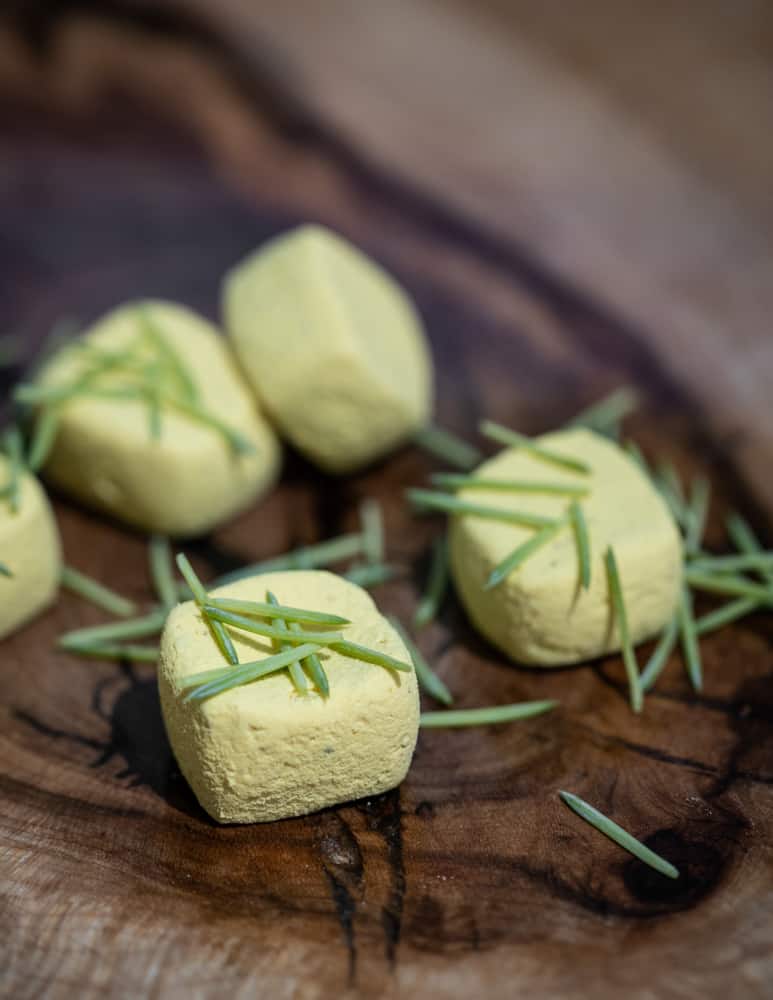
The texture is soft, the flavor floral and delicately sweet, and the pollen finishes by melting on your tongue. If you have the chance to get some pollen this year (cattail pollen will be ready later in the season and is fine if the time for pine pollen has passed where you are) I really recommend you try some.

Foraged Pine Pollen and Honey Truffles
Equipment
- 1 2 cup mixing bowl
Ingredients
- 5 tablespoons pollen* previously frozen
- 2 teaspoons unsalted butter or coconut oil for a vegan version
- 1 Tablespoon mild honey
- Pinch kosher salt
Instructions
- Combine all the ingredients in a bowl, working with a fork until the butter is mixed in. It may look crumbly.
Getting the right texture
- Pinch a fingerful together and see if you can form it.
- If it's still crumbly after a minute of mixing/kneading, add a tiny drizzle of honey. If it seems too soft, add some more pollen.
- Chill the “fudge” to make it stiffen if it gets too soft on you. I like to form them, then chill to hold their shape. Just imagine you’re working with PlayDoh
- To make the traditional cone shape, grasp a small piece of the mixture and roll it around clockwise between your thumb and forefinger, supporting the bottom or each cone with the pointer finger of your other hand.
- Shape the fudge into cones, orbs, squares and put them in a shallow container with firm sides where they can stand up. If I makes square or orb shapes I layer them in a container with pieces of parchment. Kept in the fridge they'll last for at least a week, and can also be frozen.
Serving
- You can dust the truffles with powdered dried pine needles, chopped fresh spruce tips, or more pollen (like chocolate truffles). Passed around on a nice, small plate, they make a great conversation piece after a meal.
Video
Notes
Nutrition
More
Foraging and Cooking with Pine Pollen
Special thanks to Joan Yang for this one.


E
I'm chinese and i think it's so amazing that you've introduced this age old snack that even young people today do not know of.
I pan toast my pollen (cattail and pine) before making this and it's amazing. The toasted cattail pollen releases some form of roasted corn sweet grassy flavour and the both of the pollen has a decrease in bitterness.
Thank you!
Jeni
How do I get my hands on cattail pollen for khirret recipe since I can't seem to find anyone to send or sell me any of the precious candy I loved as a child
Alan Bergo
You'll need to harvest your own. If you have a traditional recipe for Khirret, please send it to me, I've been looking for one and pollen is expensive to experiment with blind. alanbergo3 AT gmail.com
Jacqui
Old World Cedars (Cedrus) shed their pollen in the fall and this November I noticed the yellow cones on my walk to work, so i collected about 250 grams of pollen from the low branches of 2 trees (arriving at work with a distinct yellow tinge for several days) and just made a batch of this fudge, sweetened with date syrup, as a Christmas treat from my precious hoard of frozen yellow gold. It is very interesting. The "biscuity" texture is bang-on. It sort of grits gently on the palate. However, cedar pollen is distinctly bitter, which, apparently is not the case for pine or cattail pollen?. The people who tried it found it had a taste reminiscent of coffee - i.e., that kind of bitterness. In fact the fudge is sort of like a solid version of Greek coffee - silky gritty, sweet and bitter.
I hope to catch the pine season properly next spring so I can compare.
Alan Bergo
Thanks Jacqui. It’s nice to have another account here of different species. There is not a hint of bitterness in any of the P. resinosum pollen I’ve eaten.
Megan
I only recently stumbled across your blog (after searching for a recipe for lamb tongue!), and am so jazzed to find you! You comprise many of my favorite food inspirations: foraging/local, creative and beautiful, and spanning lots of cultural traditions. This recipe made me really excited. I had been wanting to try cattail pollen already, but your post and my desire to try this recipe really upped the ante. SO I was keeping my eye out for the right moment, and was able to collect about a cup of pollen last week. Hurray! I love this recipe. It really highlights the pollen. I also love the video you linked to the woman making the Pine Tree Flower Cake - so many ideas!! Thanks for this, and for your blog.
JINNY B JANESIK
How do you harvest the pollen? Scrape it off, cut the flower, how?
Alan Bergo
Jinny, I spent half a week filming a video that describes the process. Look at the recipe and watch it and it will make sense.
Lis Ballou
So cool & freaky! Definitely my kind of thing.
I feel like this rare confection is right out of the fantasy realm. Something Titania & Oberon fed each other after a tiring day of woodland mischief making.
An absolute delight to plan for next year. This spring I did get some pine pollen in between the Pacific Northwest-like spring rains we’ve had here in KS, but alas not enough for this recipe, but I’ll add it to my WIP Forager’s Excursion Planner so I don’t miss the window & forget I want to do this next year.
Thanks Alan
#planyourworkyourplan
Carla Beaudet
Fascinating! Sadly the season for pine flowers has come and gone this year. Would white pine work ok? I am familiar with the pine "tassels", but I don't think I've ever observed the "flowers". Going to have to study the botany a little to figure out what to look for and when. Meanwhile, I might try the recipe using bee pollen. I could put it through the spice grinder to turn it into a fine powder?
Alan Bergo
Carla, you can get a similar result but you need to dry bee pollen first until it's brittle. The flavor of commercial bee pollen is inferior, not nearly as good with a slightly strong aftertaste.
Wen
Can't wait to try this! Thank you. Will you tell me more about the, "dark pine syrup"?
Alan Bergo
Wen, see this link. Pine Cone Syrup
TheEffinChef
Can this recipe be used with using ground bee pollen?
Alan Bergo
I mentioned this in the post. The flavor of bee pollen is inferior and not as pleasant. It's also higher in water content to it needs to be dried beforehand. The color will be more orange.
Martha Justina Elliott
Thank you for the unique recipe and video. Did you use raw honey or past. honey for the Pollen fudge recipe?
Alan Bergo
I use either, and I actually used a raw honey a company called Mohawk Trading co. Sent me for the vid. Obv there are some things to consider with raw honey so if I served it to others I would use pasteurized.
leigh
What was the brown fluffy stuff in the bag in which you gathered the pollen, and why?
Alan Bergo
By "brown fluffy stuff" I assume you're referring to the male cones/flowers. Some of them will fall off as you agitate them in the bag to harvest the pollen. They're composted.
Hope
Hi Alan...
This recipe is very intriguing to me and I hope I can give it a try this summer. We don't have any pine trees (or cattails for that matter) on our property but...the local state park does!! : )
I found an article that is about the Iraqi pollen candy. It's called KHIRRET (pronounced "khar-ee-at").
The article also references a book by Nawal Nasrallah called "Delights from the Garden of Eden: A Cookbook and History of the Iraqi Cuisine".
Here is the website link to the article, if you are interested: http://www.atlasobscura.com/foods/khirret-iraqi-marsh-pollem-candy
Alan Bergo
Thanks, yes the Khirret is the one I was steaming, it's more of a crumbly candy. This confection is raw. I think I'm just going to have to order the book.
Corla
There appears to be a typo in that link, pollen is spelled wrong. Here is the correct link:
https://www.atlasobscura.com/foods/khirret-iraqi-marsh-pollen-candy
Harry
From what I know about pine pollen you may want to include a disclaimer about "certain things" lasting longer than 4 hours. 😀
Seriously though, I've been curious if the medicinal properties of pollen survive the cooking process.?
Alan Bergo
I freeze the pollen as a sterilization method. I don't really care about the medicinal qualities, but I know some do. Since this isn't cooked I would think it could keep some of the raw benefits, but I can't speak to any. The flavor alone is what I'm after, and it is a great one.
James
Just curious how freezing would sterilise it? Bacteria don't die when frozen but go dormant, right? Or do you mean as a preservation method?
Alan Bergo
I'm well aware that freezing won't kill microbes. What it will absolutely kill, is insects, and depending on where and when you harvest, and if you're too lazy to sift it twice, or have a sifter that is more porous, it can have a similar effect. That being said I should have probably just said "freeze the stuff" as it's also the best way to keep it fresh.